Sanitation Standards for Sauce Production Lines
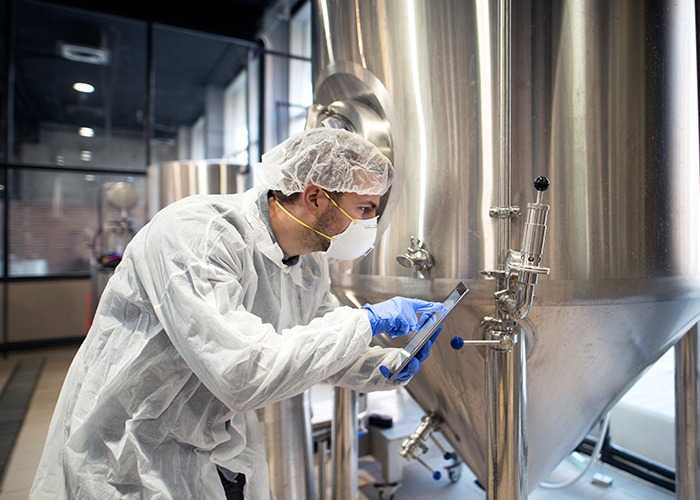
Maintaining high sanitation standards in sauce production lines is crucial for ensuring food safety, product quality, and regulatory compliance. Proper sanitation protocols prevent contamination, extend the shelf life of products, and build consumer trust. This comprehensive guide will delve into the key aspects of maintaining sanitation standards in sauce production, covering best practices, equipment hygiene, personnel training, and regulatory compliance.
Understanding the Importance of Sanitation in Sauce Production
Sanitation in sauce production is not just about cleanliness; it's about preventing contamination and ensuring that every product that leaves the facility is safe for consumption. Contaminants can include microorganisms, chemicals, or physical hazards, all of which can compromise product safety.
Key Components of a Sanitation Plan
Sanitation Standard Operating Procedures (SSOPs)
SSOPs are detailed, written instructions for cleaning and sanitizing equipment, utensils, and surfaces. These procedures should outline the frequency of cleaning, the methods used, the chemicals required, and the personnel responsible.
Regular Cleaning and Sanitizing Schedule
A well-structured cleaning schedule ensures that every part of the production line is cleaned regularly. This schedule should include daily, weekly, and monthly tasks, addressing different levels of cleaning needs.
Effective Cleaning Agents
The selection of appropriate cleaning agents is crucial. These should be food-grade, effective against a broad spectrum of pathogens, and compatible with the materials of the equipment being cleaned.
Best Practices for Equipment Hygiene
Pre-cleaning Preparation
Before cleaning begins, remove all sauce residues and dismantle equipment as necessary. This step ensures that cleaning agents can reach all surfaces.
Manual Cleaning vs. Clean-in-Place (CIP) Systems
Depending on the equipment, manual cleaning or automated CIP systems may be used. Manual cleaning is effective for small or intricate parts, while CIP systems are ideal for larger, fixed equipment.
Sanitization
After cleaning, apply appropriate sanitizers to kill any remaining microorganisms. Ensure that the sanitizer is suitable for food contact surfaces and follow the recommended contact time.
Post-cleaning Inspection
Conduct a thorough inspection to verify that all surfaces are clean and free from residues. Use swabs or ATP testing to check for residual organic matter.
Personnel Training and Hygiene
Employee Training Programs
Regular training sessions should be conducted to educate employees on proper sanitation techniques, the importance of hygiene, and how to recognize potential contamination risks.
Personal Hygiene Practices
Employees should follow strict personal hygiene practices, including regular hand washing, wearing clean uniforms, and using hairnets and gloves. Preventing cross-contamination is critical.
Health Screening
Regular health screenings for employees can help prevent the spread of illness within the facility. Employees should report any symptoms of illness immediately.
Regulatory Compliance
Food Safety Modernization Act (FSMA)
In the United States, the FSMA sets stringent standards for food production facilities. Compliance involves regular audits, record-keeping, and adhering to prescribed sanitation practices.
Hazard Analysis and Critical Control Points (HACCP)
Implementing a HACCP plan helps identify and control potential hazards in the production process. Sanitation is a critical component of this plan.
Global Food Safety Initiative (GFSI)
For facilities seeking international recognition, adhering to GFSI standards ensures that sanitation practices meet global benchmarks.
Detailed Cleaning Protocols for Sauce Production Equipment
Mixers and Blenders
Mixers and blenders should be dismantled after each batch and cleaned thoroughly. Pay special attention to blades and seals where residues can accumulate.
Heat Exchangers
Heat exchangers require regular descaling and sanitization. CIP systems are often used for this purpose, ensuring that all internal surfaces are cleaned.
Filling Machines
Filling machines should be cleaned at the end of each production run. Ensure that no residues remain in the nozzles and that all contact surfaces are sanitized.
Conveyors
Conveyor belts should be cleaned regularly, especially the areas where sauce drips and collects. Use food-grade cleaning agents that do not damage the belt material.
Monitoring and Verification
Microbial Testing
Regular microbial testing of equipment surfaces and finished products can help verify the effectiveness of cleaning protocols. Swab tests and contact plates are commonly used methods.
Environmental Monitoring
Monitoring the production environment, including air quality and surface contamination, helps ensure that the facility remains free from potential contaminants.
Record Keeping
Maintain detailed records of all cleaning and sanitization activities. This documentation is crucial for audits and demonstrating compliance with regulatory standards.
Advanced Sanitation Technologies
Ultraviolet (UV) Sanitization
UV light can be used to sanitize equipment surfaces and air within the production facility. It is effective against a broad spectrum of pathogens without the use of chemicals.
Ozone Sanitization
Ozone is a powerful oxidizing agent that can be used to sanitize water and air in the facility. It leaves no chemical residues and can be highly effective.
Automated Cleaning Systems
Automated systems, such as robotic cleaners and advanced CIP systems, can enhance the efficiency and consistency of cleaning processes.
Challenges and Solutions in Sauce Production Sanitation
Residue Build-up
Sauce production often involves thick, sticky residues that can be difficult to remove. Using the right cleaning agents and techniques can mitigate this issue.
Cross-contamination Risks
Implementing strict hygiene practices and ensuring proper training can help reduce the risk of cross-contamination between different batches and ingredients.
Regulatory Changes
Staying informed about changes in food safety regulations and adapting practices accordingly is essential for ongoing compliance.
Conclusion: Ensuring Safe and Quality Sauce Production
Maintaining high sanitation standards in sauce production lines is critical for ensuring the safety and quality of products. By implementing comprehensive sanitation protocols, training employees effectively, and adhering to regulatory requirements, sauce manufacturers can prevent contamination, protect consumer health, and build a reputation for quality and reliability.
Next : How to Improve Sauce Production Efficiency
Must-Read Blogs For Chain Restaurants Owner








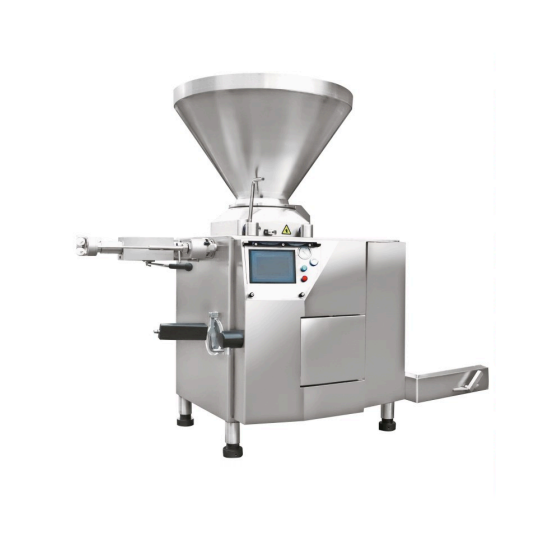
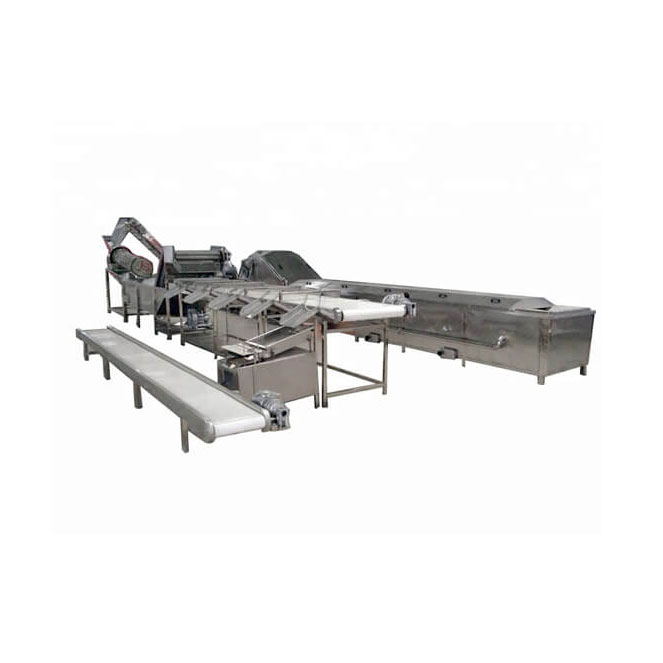
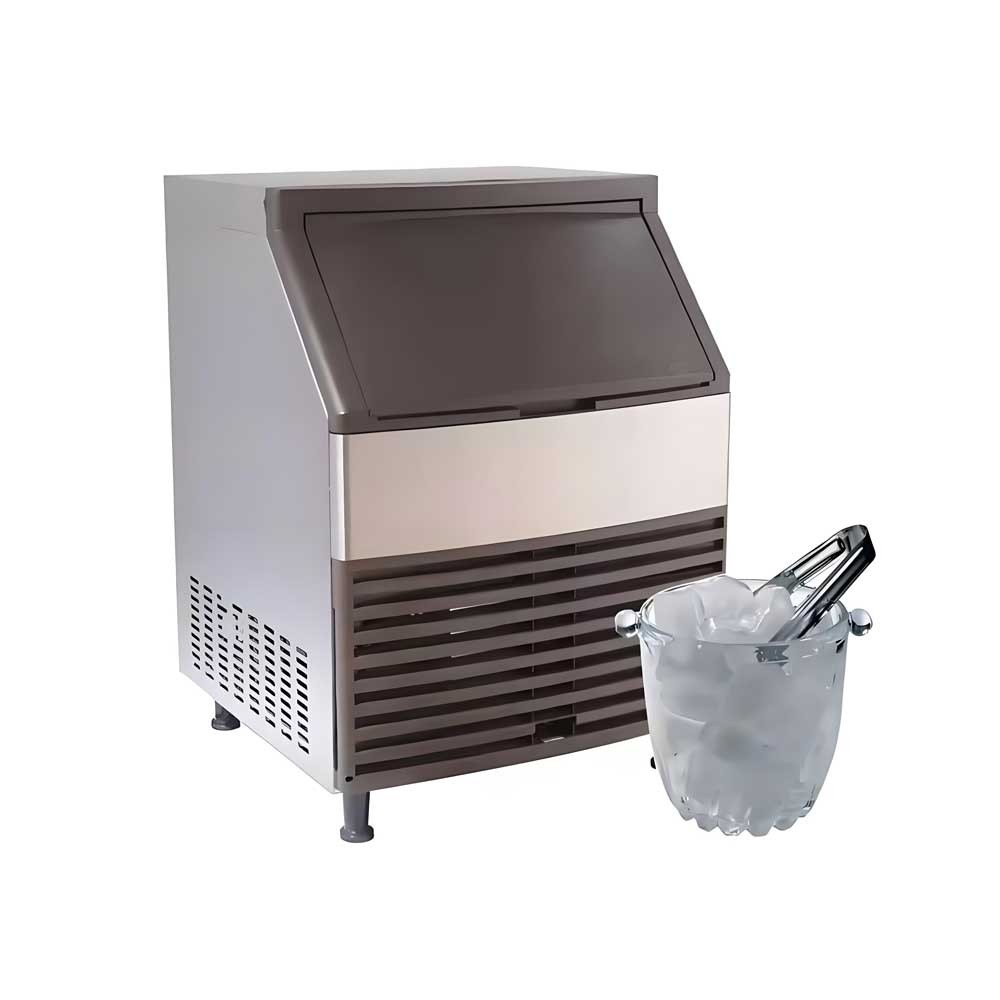
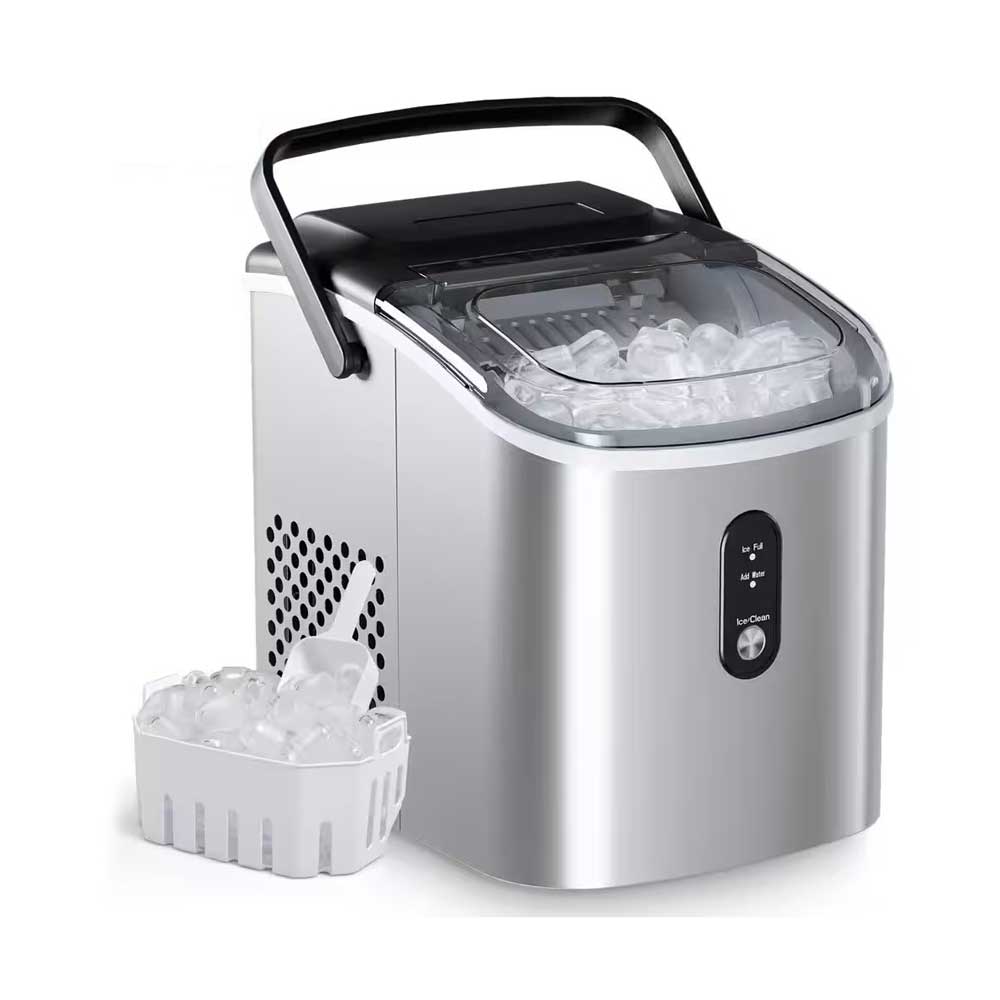 Portable Flake Ice Machine
Portable Flake Ice Machine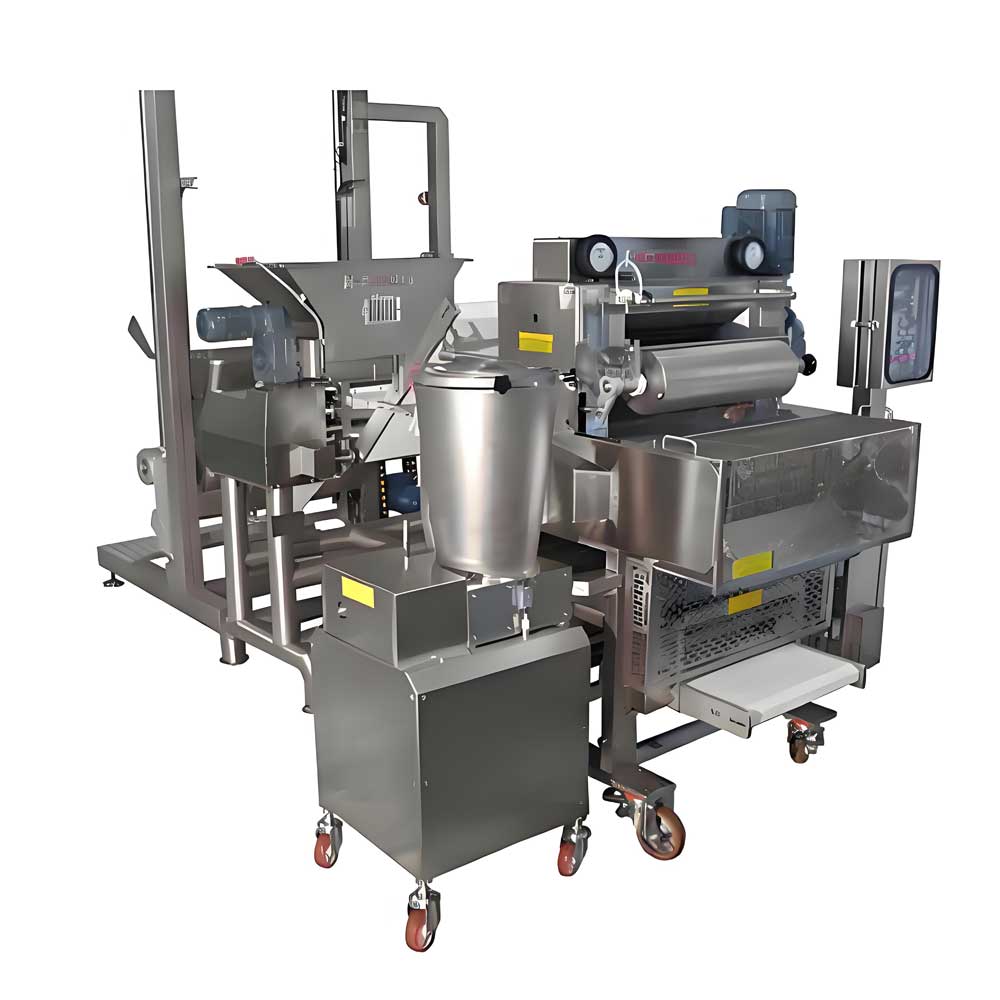 Pelmeni Making Machine
Pelmeni Making Machine
Ready to Get Started?